Our vision allows us to see the whole world. But let me tell you that what we see is a very limited part of it. Since humans have limited vision we cannot see many things that different animals or creatures can see.
Our eyes can only detect the visible spectrum, not IR or UV rays. But many animals can see a world that is invisible to our eyes. But if we look closely, all the creatures on this earth have evolved according to their needs and survival. So, with all this in mind, let’s talk about the hidden superpower of animal vision.
Owl
An owl is a nocturnal creature with excellent night vision, which allows it to easily find its prey. Owls’ superior vision coupled with their feathers helps them fly silently, thus rendering their presence invisible to potential prey.
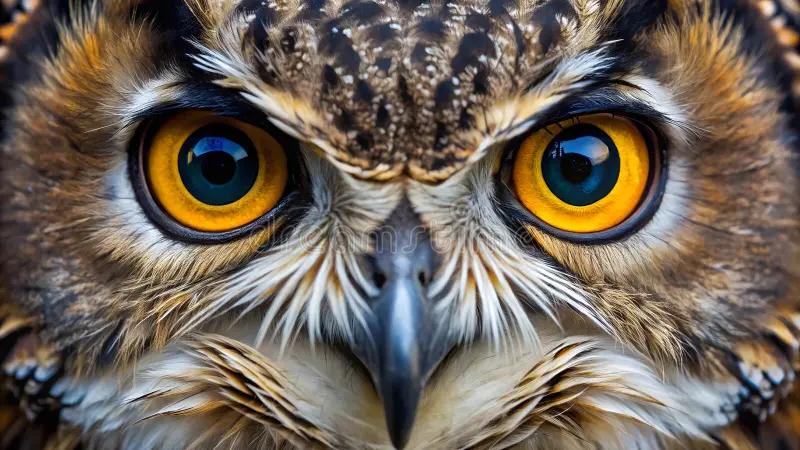
Facts
- Owl has big eyes that take in more light at nighttime which helps them to see better at night.
- The two vision-sensitive cells in this organism are rods and cones. Owls have a larger number of rods which helps them to see better at night but less number of cones so they cannot see colors clearly.
- The owl’s flexible neck helps it turn its head up to 270 degrees and that’s why it has great peripheral vision.
- Along with this, owls’ superior animal vision is also called 3-D or binocular vision.
Shark
Sharks are aquatic creatures, so undoubtedly their physical properties are suited to that situation. These predators can see clearly under the water and easily find their potential prey.
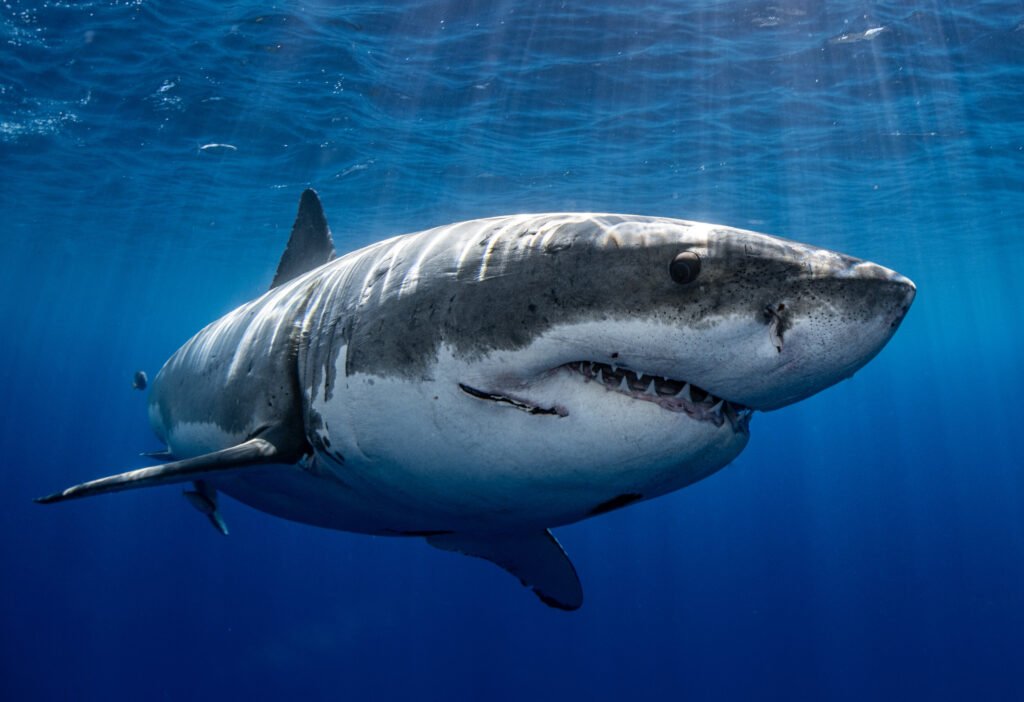
Facts
- Sharks have eyes at the side of their head that give them a 360-degree field of view.
- Most shark species have a larger number of rod cells than cones which helps them detect motion in peripheral vision.
- Sharks can see better in low light, thanks to a layer called the tapetum lucidum found behind the retina that helps maximize light by reflection.
- In addition to excellent animal vision, sharks also have an acute sense of smell and hearing.
Chameleons
Chameleons are known to change colors which helps them hide. Their special vision combined with the ability to change color puts them in the category of special animals.

Facts
- Chameleon’s eyes are large in comparison to its body size.
- Chameleons can use their eyes independently, meaning they can look right with one eye and up with another eye at a time.
- Chameleons have more cones than rods, which is why they can see different types of colors but their vision is not good in low light. This creature can see visible light and UV light.
- Chameleons can move their eyes up to 180 degrees horizontally and up to 90 degrees vertically.
Butterfly
Butterflies are considered beautiful creatures that have special physical characteristics that help them survive, including their unique animal vision.
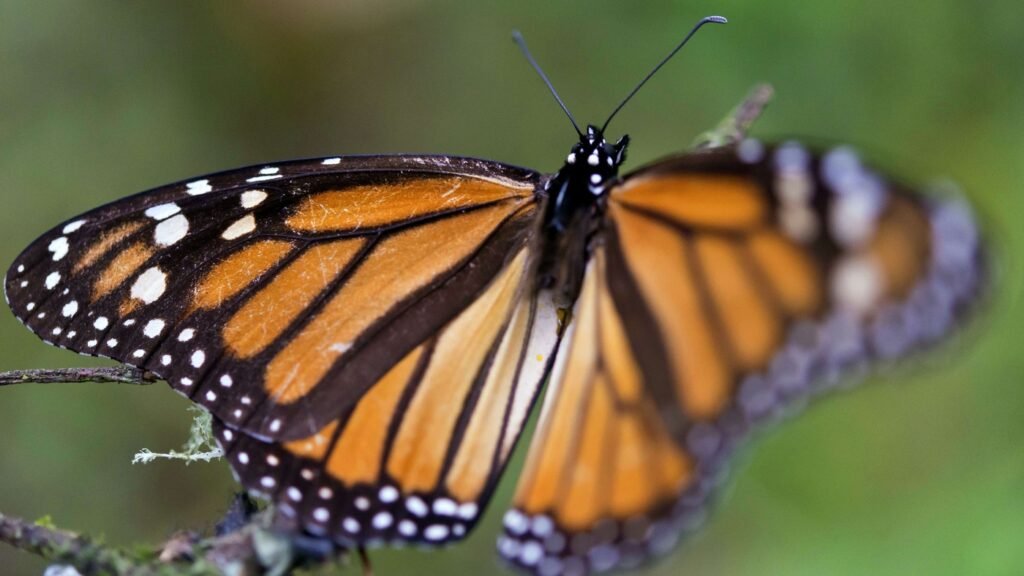
Facts
- Butterflies are nearsighted but can see a variety of colors because they have a higher number of photoreceptors (up to 15).
- These beautiful creatures have two compound eyes and each compound eye has multiple small eyes called ommatidia.
- Therefore, the number of eyes of a butterfly ranges from about 6000 to 17000 depending on the species.
- The butterfly’s field of view is approximately 360 degrees, it can detect fast-moving objects and see polarized light, UV light, and visible light spectrum.
Mantis Shrimp
Mantis shrimp have the most unique and complex eyes in the entire animal kingdom. Not only this, it has the highest number of photoreceptors in the entire animal kingdom.
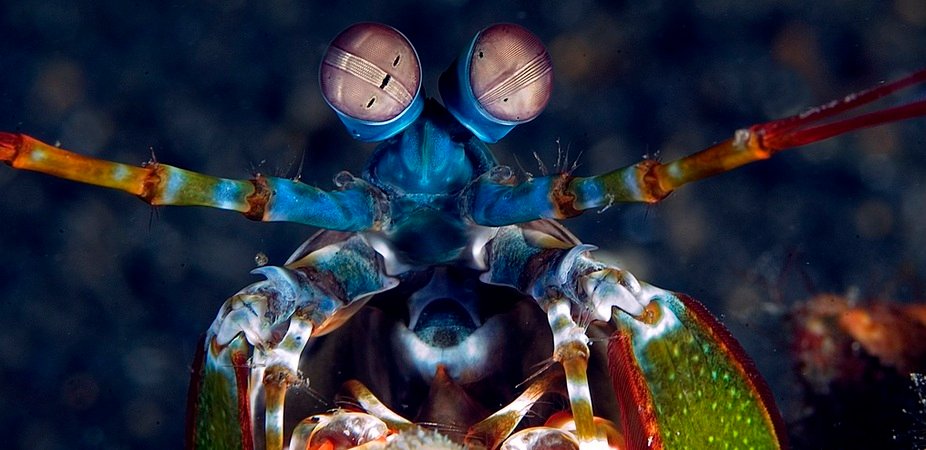
Facts
- It has two compound eyes and each eye contains a cluster of photoreceptor cells called ommatidia.
- Mantis shrimp can move their eyes independently but it has a very narrow field of view of 10 degrees.
- Because of the high number of photoreceptors, this creature can detect visible light, UV light, infrared, and polarized light spectrum.
- Mantis shrimp are also known for their trinocular vision in which they can see with three parts of the same eye.
Eagles
Eagles’ vision is considered to be the best, which is about 8 times better than that of humans. The eagle can see clearly for about three kilometers during flight.
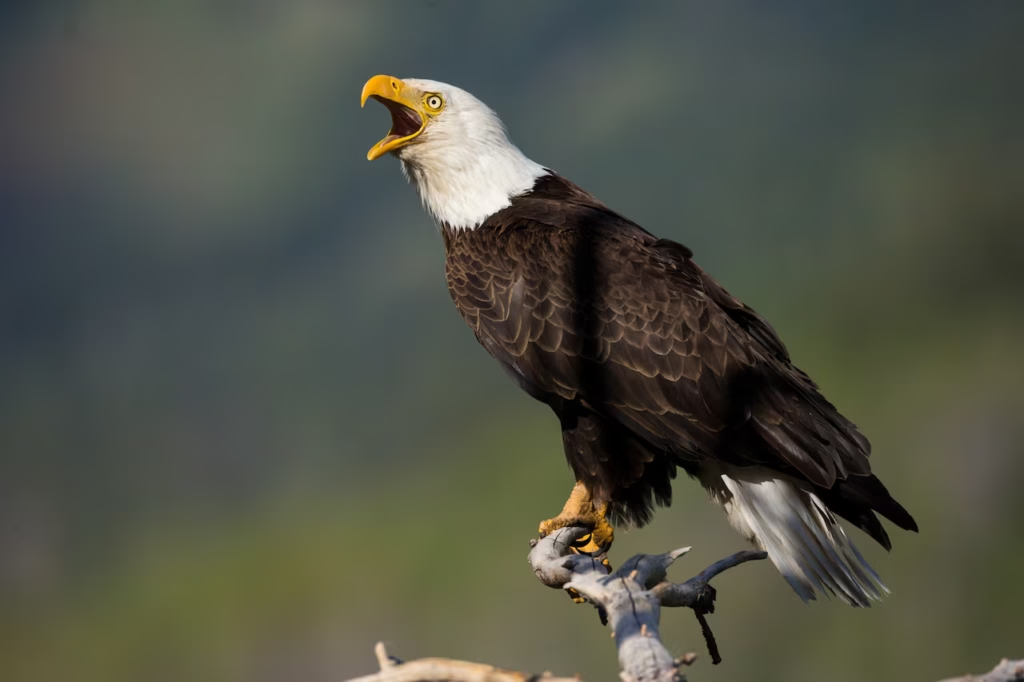
Facts
- Eagles have a wide field of vision of 340 degrees and have a very high number of cone photoreceptors which gives them the sharpest vision.
- Eagles can see better in low light and can detect UV light as well.
- This sharpest bird has a binocular and monocular vision that allows it to use their eyes independently or together.
- The dense pack of cone cells on the retina of both eyes called the fovea, results in sharp animal vision.
Honeybees
Honeybees are the most important part of pollination and they love nectar and pollen. They communicate with each other through a dance.
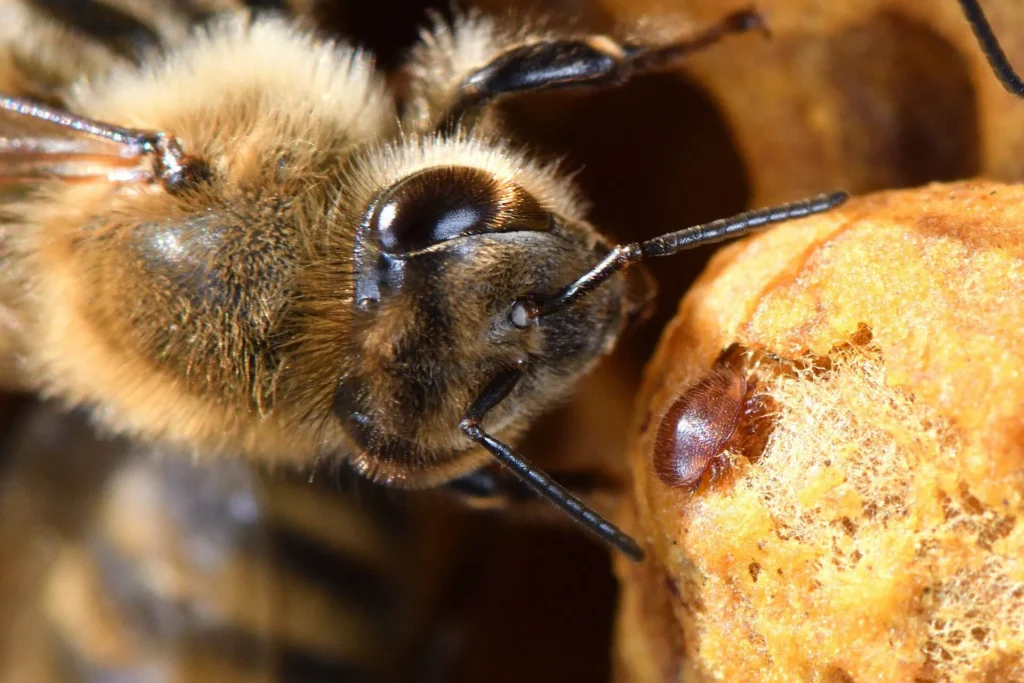
Facts
- Honeybees have a total of five eyes including two large compound eyes and three small eyes called ocelli.
- Compound eyes are made up of different lenses that help them detect shape and color while ocelli help them detect light and enhance their senses.
- Honeybees can see over a wide area with a field of view of 240 degrees.
- Honeybees can detect ultraviolet light, polarized light, blue and violet light but they cannot detect red light.
Bat
Bats are nocturnal creatures who have very sensitive vision. Their specialized animal vision helps them find their prey and sometimes also helps with navigation.
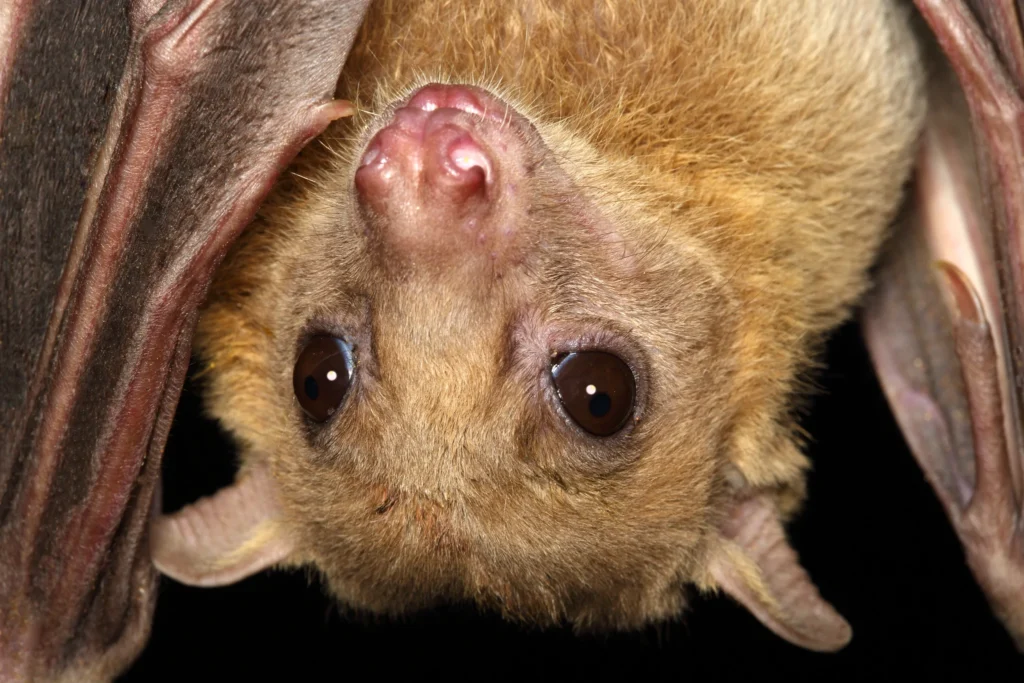
Facts
- Bats have very good night vision and are also sensitive to red and orange light which helps them see better in low-light conditions.
- Bats have small eyes and can also see UV light but this ability may vary between species.
Reindeer
Reindeer is a species of deer native to the arctic and tundra regions and montane regions of Siberia, North America, and Europe. This animal is known for its color-changing eyes and can detect UV light.
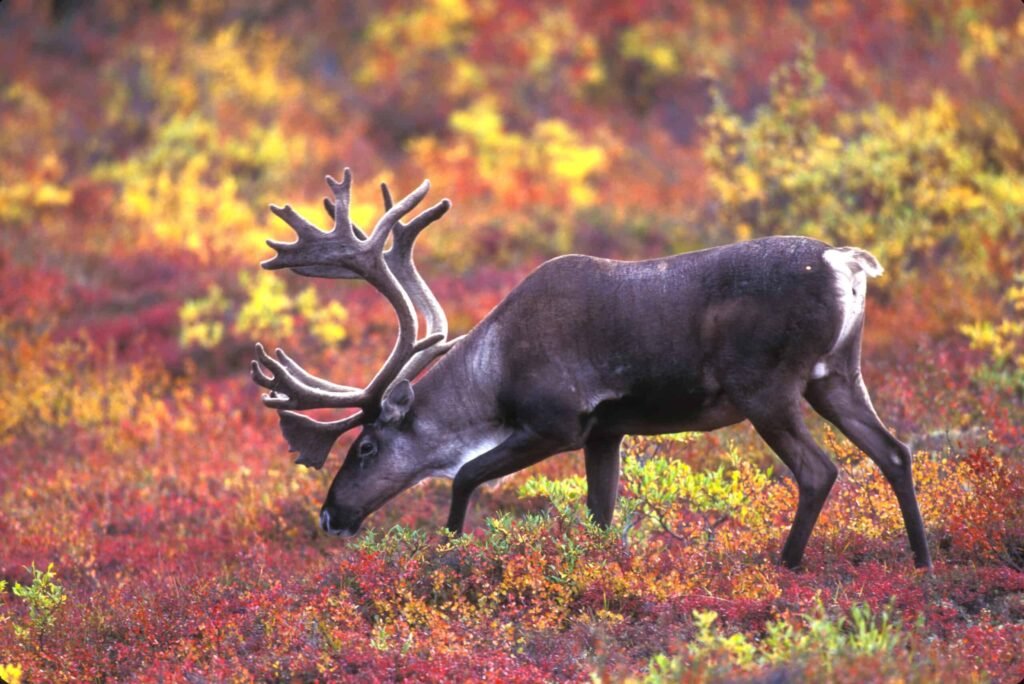
Facts
- Reindeer’s eyes are considered beautiful and it is one of the two mammals in the world that can change eye color according to the season.
- In summer the eye color is golden and in winter the eye color is deep blue. Due to this color change vision remains very sharp even in harsh winter.
Ostrich
The ostrich is the only land animal with the largest eyes, measuring about 5 centimeters wide. Its eyes are bigger than its brain.
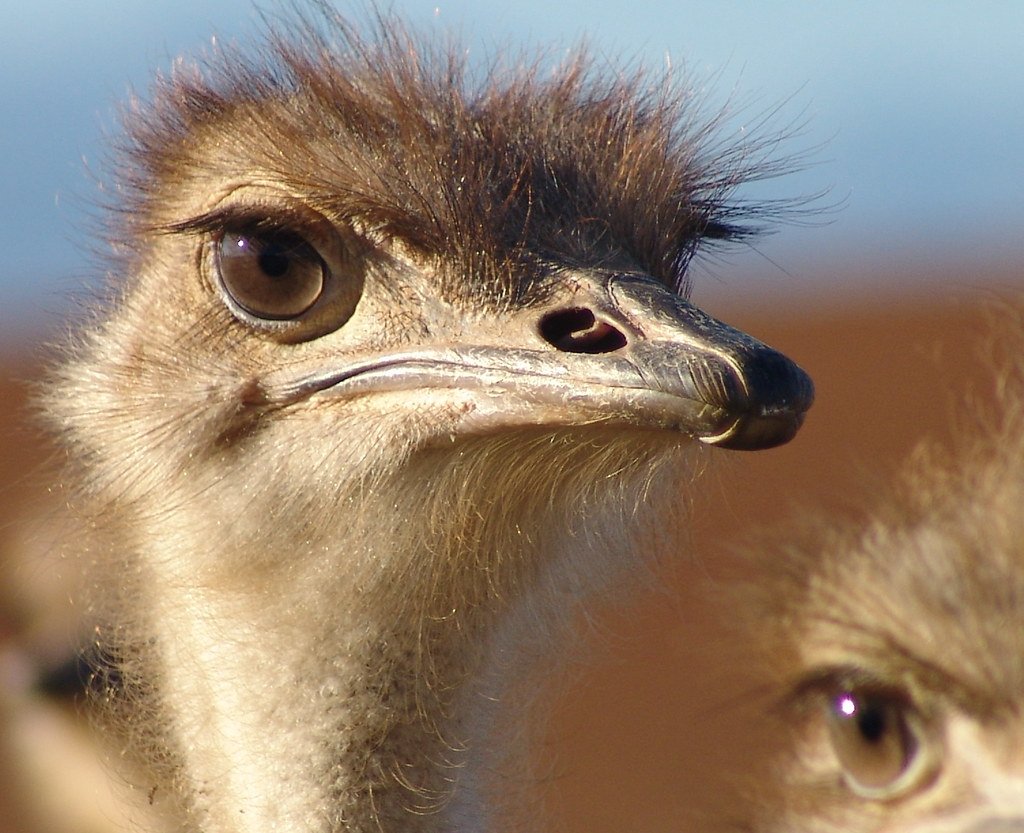
Facts
- Ostrich has very good vision and can see clearly up to a distance of 3.5 kilometers.
- Ostriches can see visible light and colors and have good vision even in low light. Ostriches are one of the land animals that have large eyelids that protect their eyes from dust and irritants.
